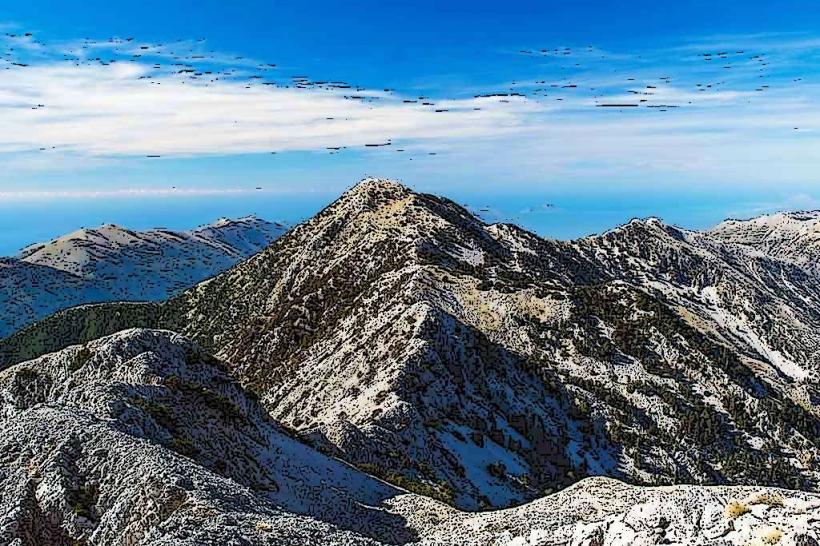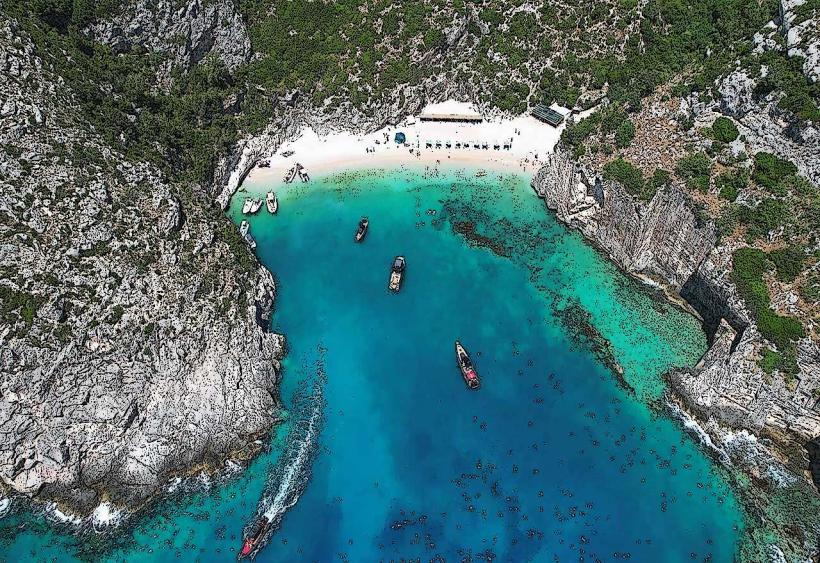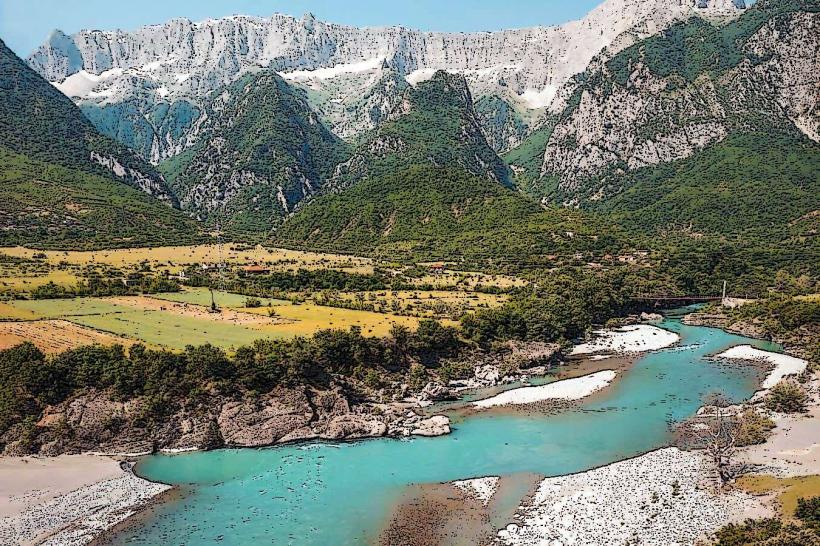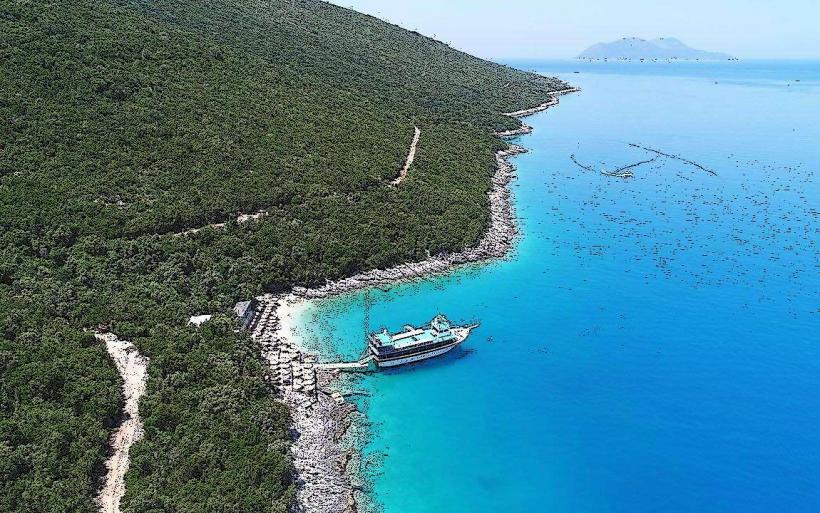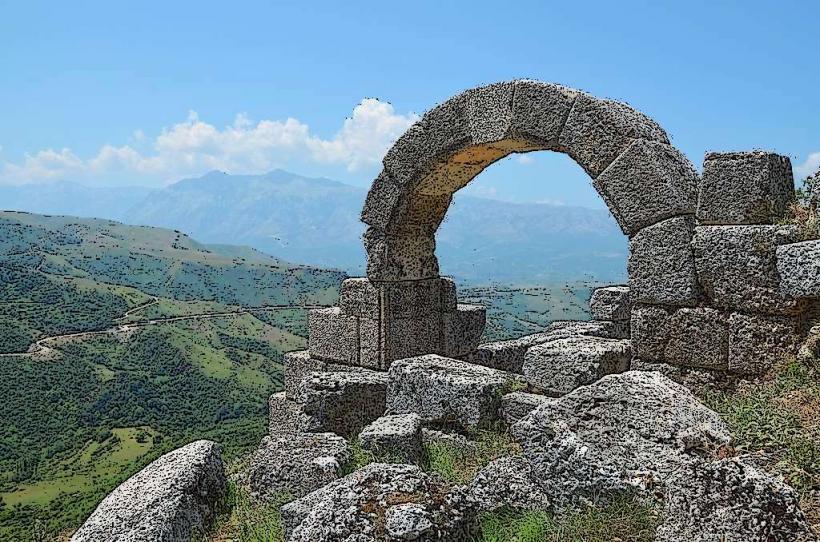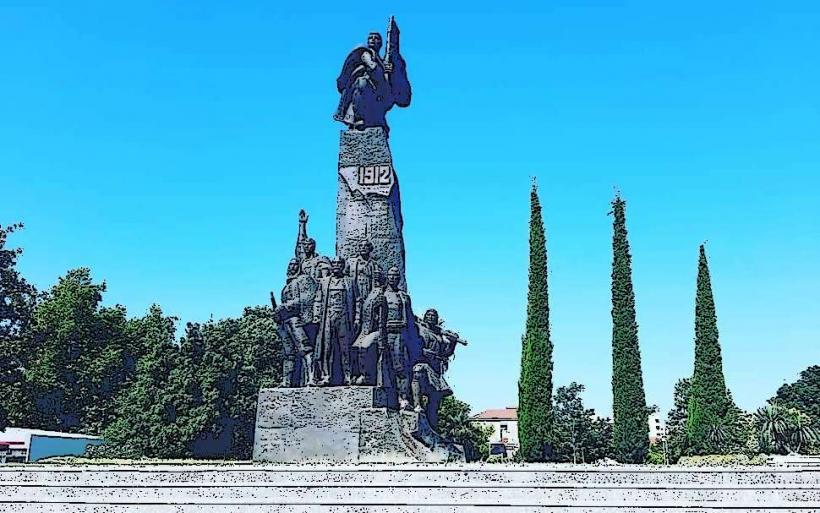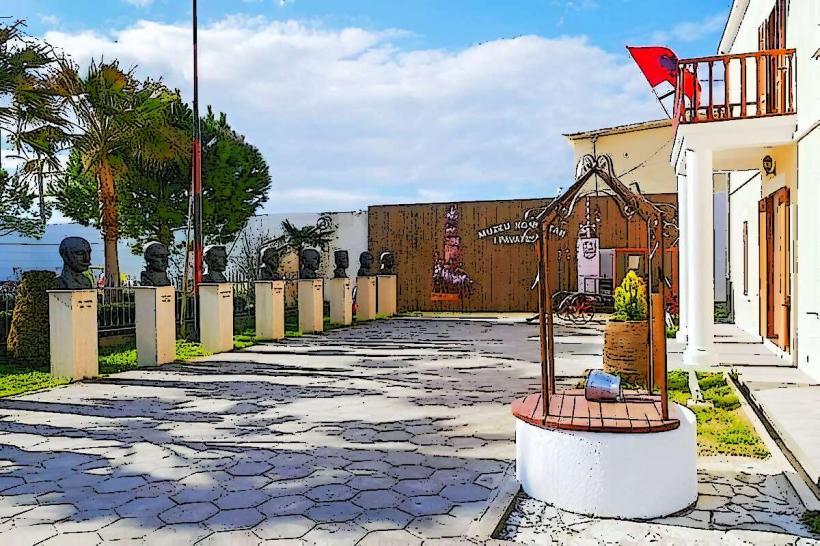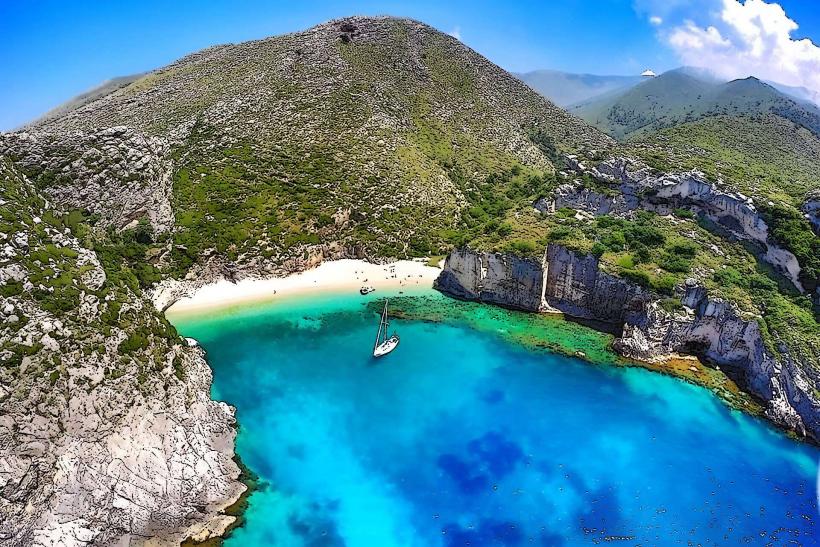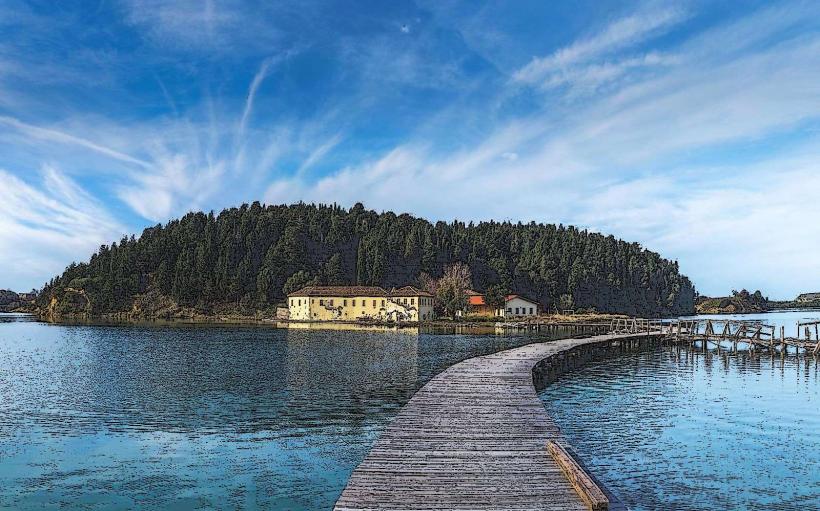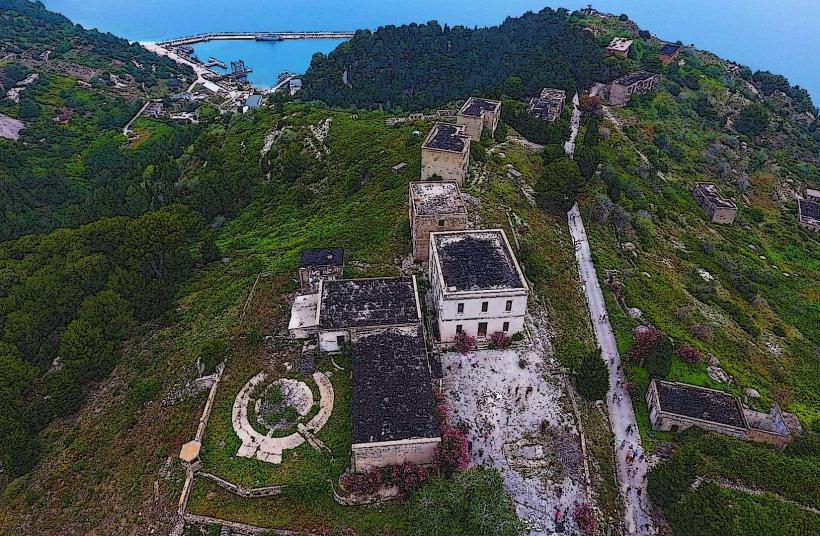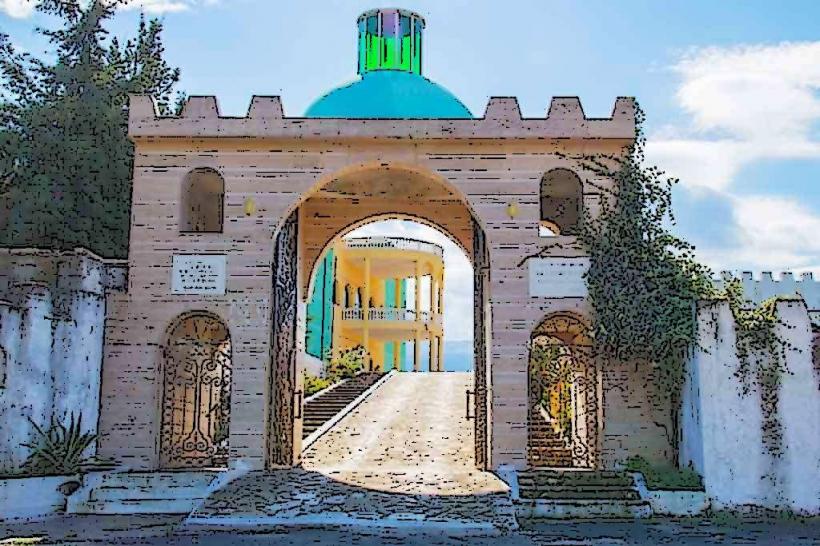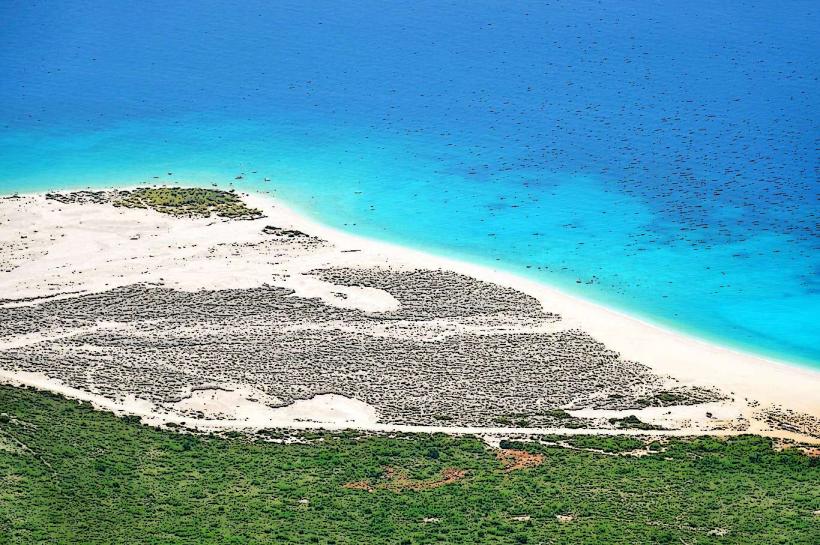Information
Landmark: Muradie MosqueCity: Vlora
Country: Albania
Continent: Europe
The Muradie Mosque (Xhamia e Muradies) is one of the most significant and historical landmarks in Vlora, Albania. Located in the city center, the mosque is not only an architectural gem but also a symbol of the region's long-standing connection to Ottoman culture and Islamic heritage.
Historical Context
Construction and Origins
- The Muradie Mosque was built in the 16th century during the Ottoman era (specifically around 1558), a period when the Ottomans ruled over Albania. It was commissioned by the Ottoman ruler Suleiman Pasha, a prominent local figure who was a member of the Ottoman military and one of the region’s notable leaders.
- The mosque’s name, Muradie, is derived from Suleiman Pasha’s surname, reflecting the personal connection between the mosque and its founder.
Significance in Vlora
- The mosque is one of the oldest and most important Islamic religious sites in Vlora and the surrounding region. It played a crucial role in the cultural and religious life of the community during the Ottoman period, as well as in later centuries.
- It stands as a symbol of the Ottoman legacy in Albania, especially as Vlora was an important administrative and commercial center during Ottoman rule.
Architectural Features
Design and Structure
- The Muradie Mosque is an example of classic Ottoman architecture, combining traditional Islamic elements with local styles. The mosque is characterized by its simple yet elegant design, which is typical of many Ottoman-era mosques in the region.
- Main Prayer Hall: The mosque features a large domed prayer hall, which is the focal point of the building. The dome is supported by columns and features beautiful interior decorations, including intricate patterns and calligraphy.
- Minaret: One of the mosque’s most striking features is its tall minaret, which stands prominently next to the mosque. The minaret is an important feature of Ottoman mosque architecture, designed for the call to prayer. It is slender and elegant, with a conical shape typical of Ottoman minarets.
- Courtyard: The mosque has a large, open courtyard with a central fountain, a feature commonly found in Ottoman mosques. The courtyard is designed as a space for the community to gather, reflect, and prepare for prayer.
- Interior Decoration: Inside, the mosque features beautiful tile work, arches, and calligraphy, many of which reflect the classic Ottoman artistic style. The use of geometric patterns and Arabic inscriptions on the walls adds to the mosque’s spiritual atmosphere.
Influences and Renovations
- The Muradie Mosque, like many buildings from the Ottoman era, has undergone several renovations and repairs over the centuries. Despite changes and damage sustained during the 20th century (including during the Communist era), the mosque has managed to retain much of its original Ottoman design.
- It is worth noting that during the Communist period (when Albania was officially an atheist state), many religious buildings, including mosques, were damaged or neglected. However, the Muradie Mosque was preserved and restored, standing as a resilient symbol of Albania’s Islamic heritage.
Religious and Cultural Importance
Role in the Community
- The Muradie Mosque remains an active place of worship and is central to the spiritual life of Vlora’s Muslim community. It hosts daily prayers, especially the Friday prayers (Jumu'ah), which attract large numbers of worshippers.
- It also serves as a venue for important Islamic events and religious holidays, including Ramadan and Eid celebrations. The mosque continues to play an essential role in maintaining the religious traditions and community cohesion in Vlora.
Symbol of Religious Tolerance
- Like many other cities in Albania, Vlora has a rich tradition of religious tolerance, with both Muslims and Christians coexisting peacefully for centuries. The Muradie Mosque is not only an important religious site for the Muslim population but also a symbol of Albania’s broader tradition of religious coexistence and respect for different faiths.
- The city itself is home to churches, mosques, and other religious buildings that reflect Albania’s diverse spiritual heritage. The Muradie Mosque is an important piece of this mosaic.
Tourism and Visitor Experience
A Historical Attraction
- The Muradie Mosque is one of the key attractions in Vlora for tourists interested in exploring Albania’s Ottoman heritage and Islamic architecture. Visitors can explore the mosque’s serene courtyard, admire its impressive minaret, and learn about its historical significance in Albania’s religious and cultural development.
- The mosque is located near other notable landmarks in Vlora, including the Independence Monument and Flag Square, making it part of a historical tour of the city.
Visiting Guidelines
- As an active place of worship, visitors are welcome to explore the mosque outside of prayer times. Visitors are generally expected to dress modestly when entering the mosque, and women may be asked to cover their heads.
- The mosque provides an opportunity to reflect on Albania’s Ottoman past, as well as its vibrant Islamic heritage, making it a must-see for those interested in the country’s religious and historical development.
Conclusion
The Muradie Mosque stands as a historical and architectural treasure in Vlora, symbolizing the city’s Ottoman legacy and its ongoing cultural and religious significance. As one of the oldest and most important mosques in the region, it offers a glimpse into the Ottoman era’s influence on Albania and remains a central part of the country’s Islamic tradition. Today, it is not only a place of worship but also a vital tourist attraction that showcases Albania’s rich and diverse history.

